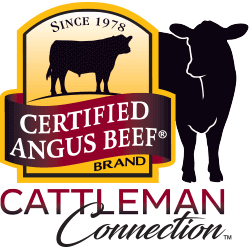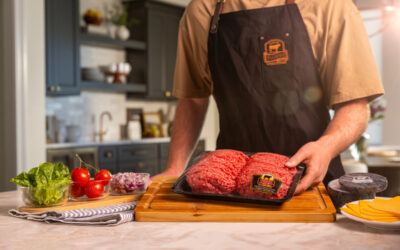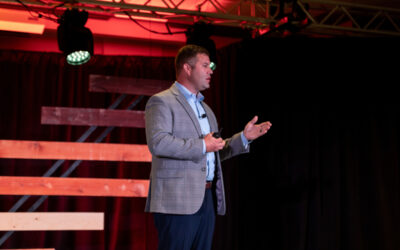
What we don’t know
 As our nephew walked across the stage to shake hands and grab his diploma, it brought me back to my own high school graduation. The small-town school, the tight-knit class, the speeches, and of course “Pomp and Circumstance”—just rewind 10 years and change the colors from red and black to orange and blue and it could have been my day to celebrate how much knowledge I’d acquired from all those years spent at GHEC High School.
As our nephew walked across the stage to shake hands and grab his diploma, it brought me back to my own high school graduation. The small-town school, the tight-knit class, the speeches, and of course “Pomp and Circumstance”—just rewind 10 years and change the colors from red and black to orange and blue and it could have been my day to celebrate how much knowledge I’d acquired from all those years spent at GHEC High School.
Yesterday, when I was in Akron, Iowa, for that big event it seemed easy to recall that “on top of the world” feeling a new graduate possesses, how at that very point you feel like you might just know it all. But I also remembered how quickly that fades. You go to college or enter a vocation and you live and learn.
This weekend brought to mind the adage, “The more we know, the more we realize how much we don’t know.”
And that’s exactly the sense I get when we talk about how to get more CAB-qualifying cattle.
Myth: We’ve studied marbling for so long, there’s no point in researchers going over it again.
Fact: In the past couple of decades, the concentration of research on end-product traits has certainly intensified. As the market and business have placed more economic importance on things like marbling, the academic community has placed more importance on studying all the factors that affect it.
I’ve read the abstracts, listened to the presentations and done the interviews. I know there are hundreds of smart people who are digging into the science behind all those things that make you more money on a grid.
One of those is muscle biologist Brad Johnson. A couple years ago we were talking about how implants do nothing to improve carcass quality, and for the most part knock it back a peg, and he said he envisions a future where that’s not the case.
“We’ve tried to embark on a series of research trials here recently at Texas Tech that have investigated the how’s and why’s of steroidal implants impacts on marbling. We know they have profound effects on skeletal muscle growth. If we can unlock some of those mysteries of what’s going on then we can manage it. We could still benefit from the improvement in productivity and efficiency of these tools and try to mitigate the negative effects on beef quality, like marbling.”
How cool would that be?
Then he threw around terms like adipoblasts, mesenchymal precursor cells, transdifferentiation. (Needless to say, I had to do a little decoding before I wrote “Efficient, high-quality beef”) But the point is, this is all stuff that they didn’t know five, ten, fifteen years ago. So imagine what those same researchers will know a decade from now.
Check out this video clip to hear from Brad yourself, as he talks about what they’re up to and why.
May your bottom line be filled with black ink,
Miranda
You may also like
Success, Despite Challenges
Today’s market is complex and competitive. The collective effort of stakeholders across the supply chain positions Certified Angus Beef to meet the record demand for premium beef moving forward. Signals across the beef industry are clear and Angus farmers and ranchers seeking high-quality genetics that deliver premium beef are producing a product in high demand.
Keep the Supply Coming
A record-high 800 registrants from 17 countries gathered in Austin, Texas, to learn more about CAB, become inspired by the culinary work of chefs and pitmasters, and celebrate sales and production success. But at the forefront: supply and demand, a reflection of the chaotic past year, and preparing for what’s ahead.
Consumer Demand, Power of Quality
Demand for high-quality beef persists. But with that demand comes challenges. From tight cattle supplies to higher costs and increasing pressure on retailers to deliver a consistent eating experience, the pressure is on. David O’Diam, CAB VP of retail, addressed the current retail beef environment, highlighting both opportunities and challenges in today’s marketplace.



